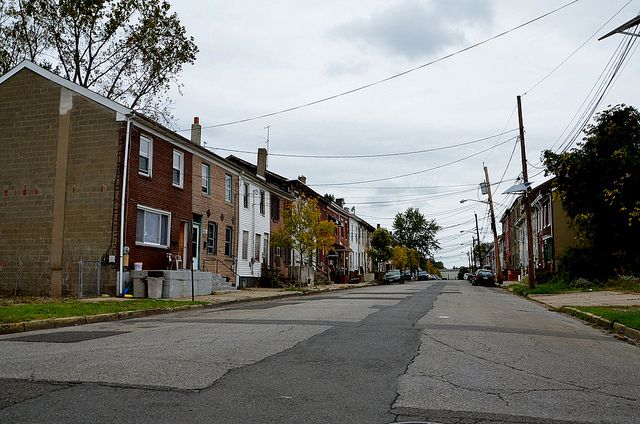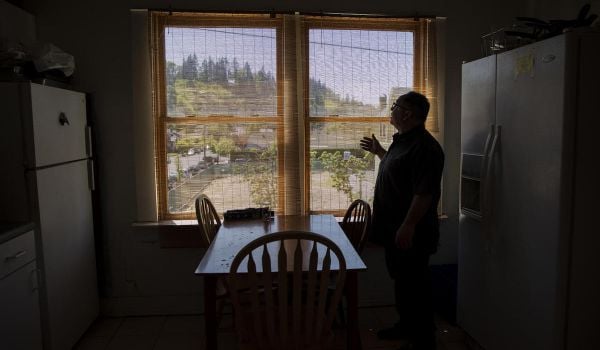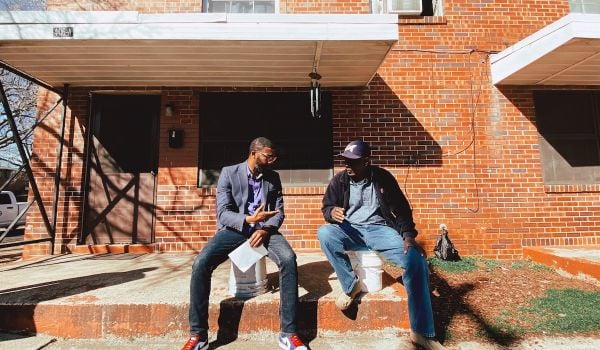New Jersey’s polarizing — and outgoing — governor, Chris Christie, announced plans Tuesday to “turn around” the state capital. Trenton has grappled with blight, poverty and crime while the governor has been in office. But though Christie’s blustery speech this week promised $11.5 million to tear down 500 vacant buildings — “It is unacceptable to me that our capital city is not the most shining city in our state,” he said — some advocates (and a lot of data) suggest that the governor’s sparse urban agenda is at least partly to blame for Trenton’s current distress.
According to NJ Spotlight, the New Jersey Housing and Mortgage Finance Agency will provide the funds to demolish the mostly residential vacant buildings. Trenton has about 3,000 abandoned buildings in total.
Because blight tends to foster crime, and Trenton saw a 40 percent spike in shootings in 2016, the initiative will also include help from the attorney general’s shooting response team to aid local investigations, along with “an extra 150 surveillance cameras from the New Jersey State Police, and expanded patrols around transportation hubs by NJ Transit police,” NJ Spotlight reports.
Some residents are voicing concern that Christie is going about this blight fight in the wrong way.
“Bring back programs,” resident Lamar Priester told NJ Spotlight. “Stop spending money on police and guns, put it in programs.”
In Trenton, as in other New Jersey cities, Christie, who will leave office in six months, has a less-than-stellar reputation when it comes to urban programs beyond job creation and crime (and those accomplishments aren’t necessarily what they seem).
In her 2015 Next City feature (a collaboration with NJ Spotlight), Caren Chesler detailed the governor’s position when he took office in 2010, with a $1.3 billion budget deficit “as well as the ugly hangover of the 2008 financial crisis.”
The state was stuck in one of the worst recessions since the Great Depression and Christie, a Republican, had been elected on a platform of lower taxes. Without the option of collecting more money from taxpayers, he was left to balance the budget on the back of existing programs — especially those that aided cities, a constituency that had never been part of his suburban base. In all of the state’s cities, including Camden, aid levels have dropped by 20 to 52 percent since 2007, according to data from the Division of Local Government Services and Bloustein Local Government Research Center.
Trenton, for instance, went from a high of $91.8 million in 2007 to $44.1 million in 2014, a 52 percent drop.
…
At the same time, the governor has repeatedly rejected federal grant dollars that could have offset some of the cuts, waving away aid including education grants, $170 million in food stamp benefits and $7.6 million in money that could have educated residents on how to access healthcare provided through the Affordable Care Act. As a consequence of the cuts, cities like Newark, Paterson and Trenton have slashed services and reduced their police and fire departments.
A number of blight reduction efforts have been ongoing in several New Jersey cities over the last few years. They’re desperately needed. As Chesler wrote in 2015, “one out of every 553 homes in the state of New Jersey is in foreclosure. That’s more than double the national rate of foreclosure of one in every 1,126 homes and 172 percent higher than the rate just a few highway exits away in Pennsylvania, where one of every 1,504 homes is in foreclosure.”
In 2015, Camden began clearing 600 of the city’s most derelict buildings. That same year, Newark offered a creative “Valentine’s Day Sale,” selling vacant lots to couples for $1,000 a pop — though the results of that sale have been mixed. Trenton, like Detroit, has previously offered blighted properties for $1 each.

Rachel Dovey is an award-winning freelance writer and former USC Annenberg fellow living at the northern tip of California’s Bay Area. She writes about infrastructure, water and climate change and has been published by Bust, Wired, Paste, SF Weekly, the East Bay Express and the North Bay Bohemian
Follow Rachel .(JavaScript must be enabled to view this email address)











